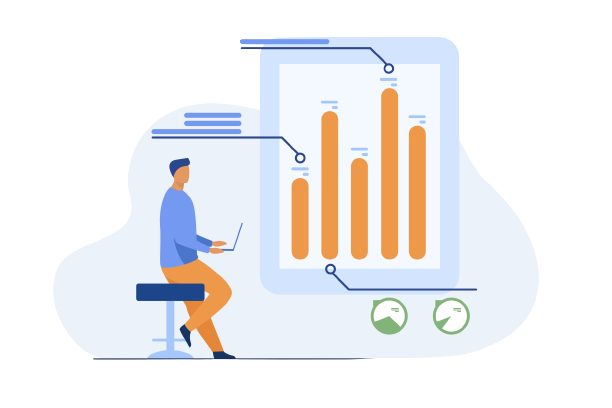

Unlocking the Secrets of Customer Experience Analytics
In the ever-evolving landscape of business, Customer Experience Analytics is now seen as the lynchpin for companies keen on establishing a remarkable presence in their consumers’ minds. At Eclipse AI, we understand its crucial role and how it rebirths the norms of customer interactions








